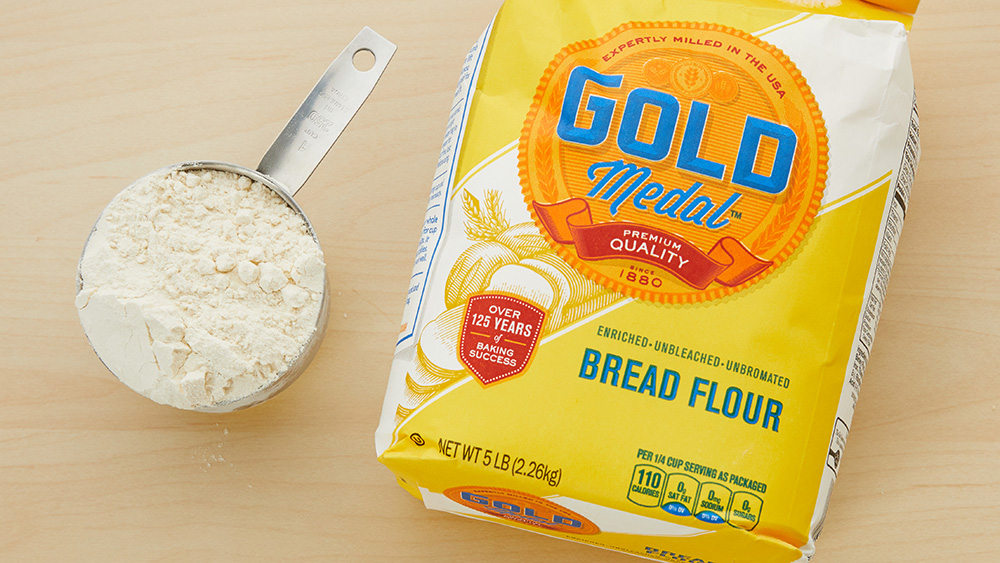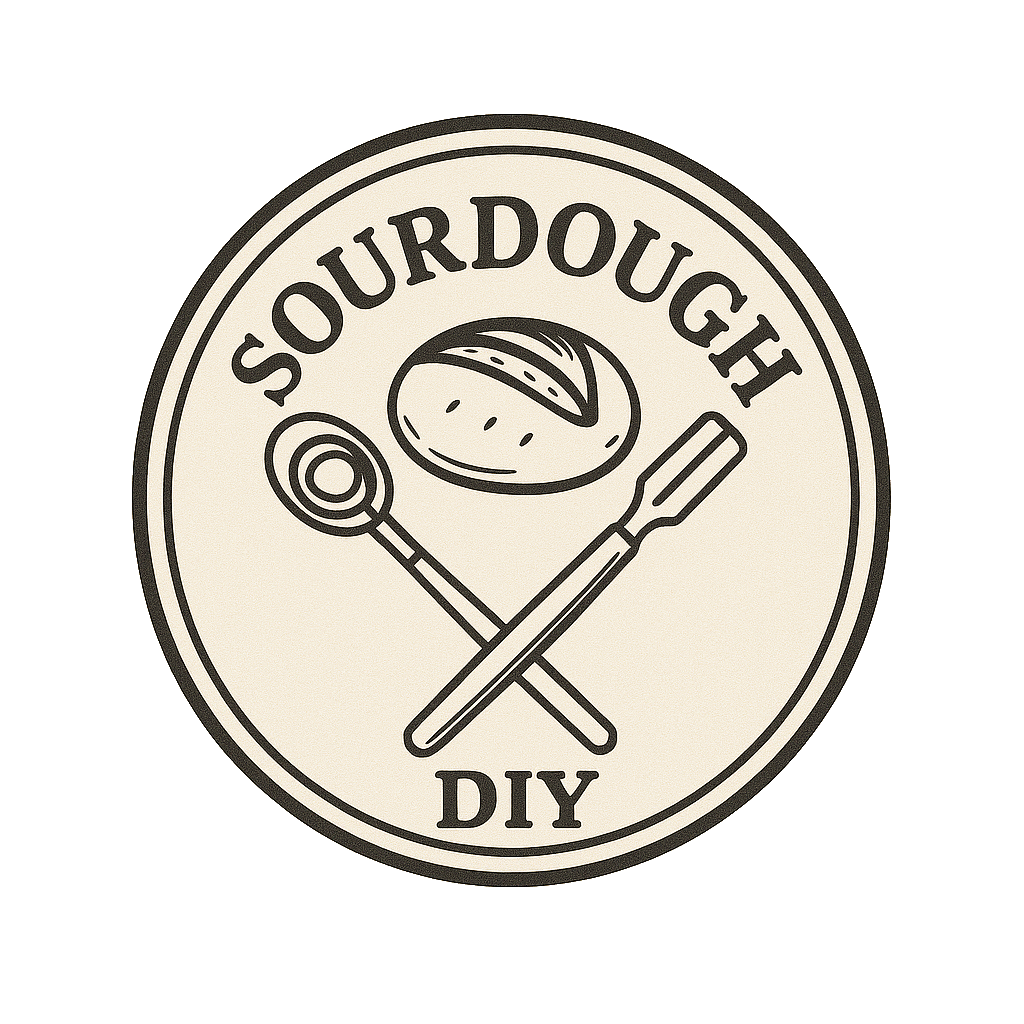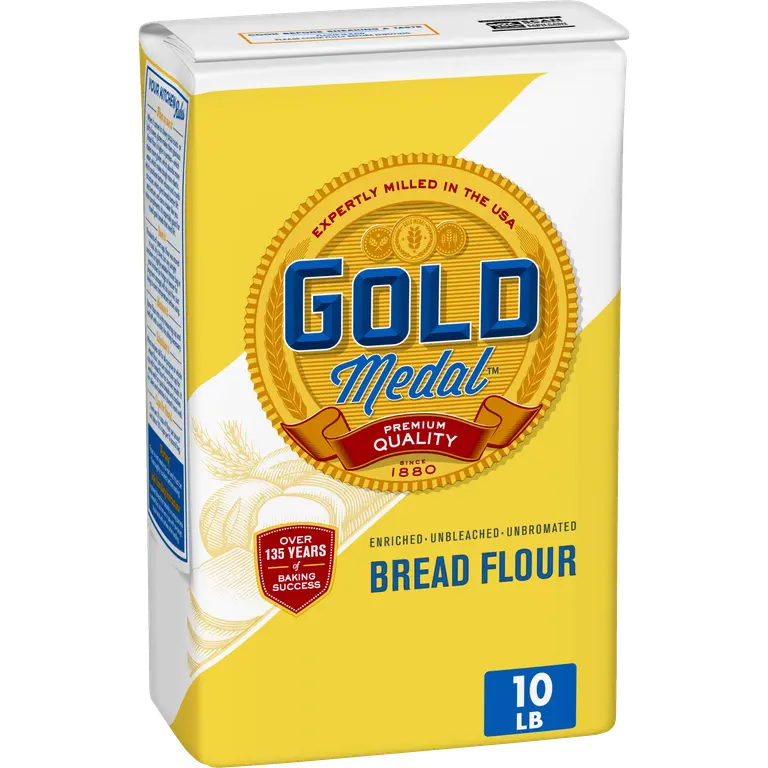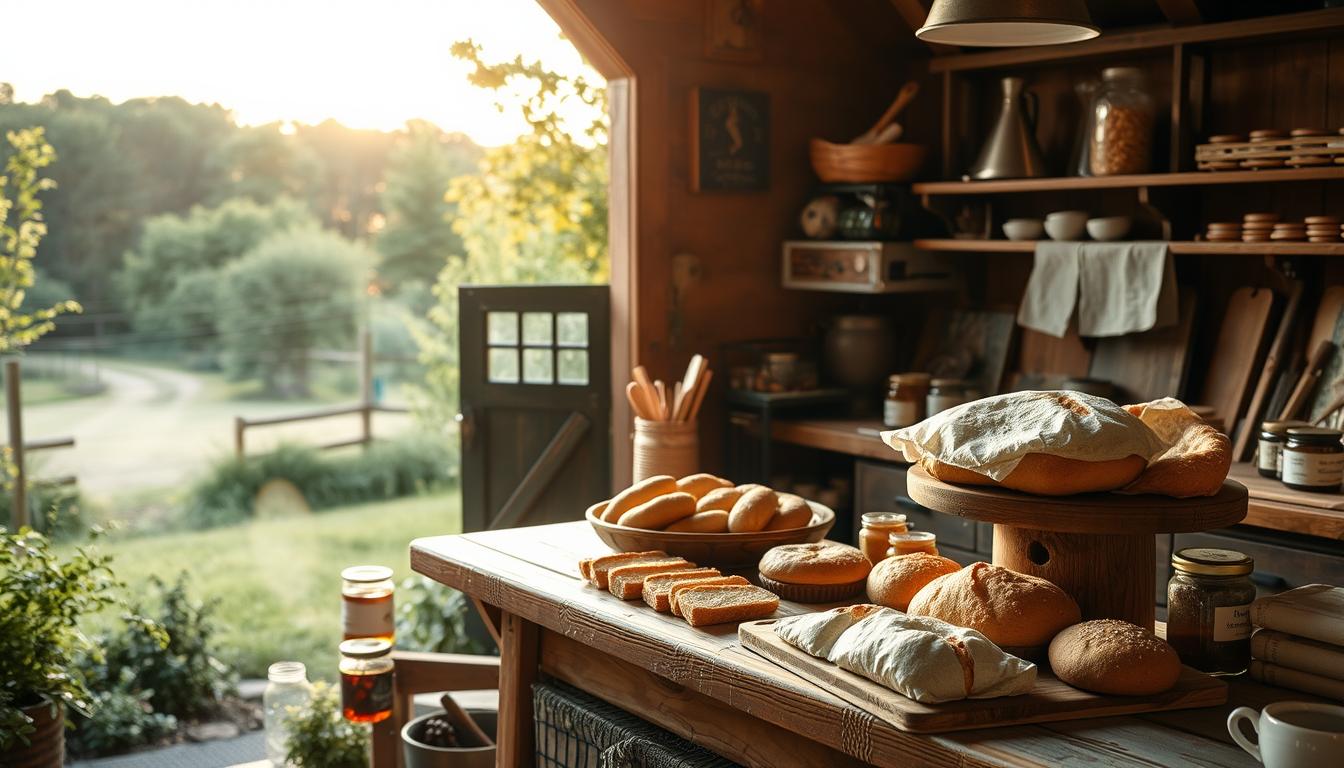Making sourdough bread requires the right ingredients, and the type of flour used can significantly impact the final product. Gold Medal Bread Flour stands out as a top choice among bakers due to its high protein content and unbleached quality, making it ideal for creating a robust sourdough starter.
Using gold medal bread flour for sourdough bread ensures a delicious loaf with a perfect crumb and crust. Its premium quality makes it a favorite among both novice and experienced bakers.
Key Takeaways
- Gold Medal Bread Flour is ideal for making sourdough bread due to its high protein content.
- The unbleached quality of the flour contributes to a healthier sourdough starter.
- Using the right flour can significantly improve the texture and taste of sourdough bread.
- Gold Medal Bread Flour is a premium choice for bakers of all levels.
- It helps in creating a robust sourdough starter and a delicious loaf.
The Science Behind Successful Sourdough Bread
To achieve the perfect sourdough loaf, it’s essential to grasp the underlying science that governs its development. Sourdough bread’s unique taste and texture are the result of a complex interplay between yeast, bacteria, and the dough’s components.
The Role of Protein Content in Sourdough Development
The protein content in flour is a critical factor in sourdough bread development. Gold Medal Bread Flour boasts a high protein content that facilitates the creation of a robust sourdough starter. This higher protein level contributes to a more vigorous fermentation process, ultimately leading to a more complex flavor profile and better texture.
A higher protein content also means a stronger gluten network, which is essential for trapping the gases produced during fermentation, allowing the dough to rise effectively.
How Gluten Structure Affects Your Sourdough Loaf
The gluten structure in sourdough bread is responsible for its chewiness and elasticity. The way gluten is structured affects how the dough holds together and rises. Gold Medal Bread Flour, results in a loaf with a more open crumb and a crispy crust.
The unbleached and unbromated nature of Gold Medal Bread Flour ensures that the gluten develops naturally during the mixing and fermentation process, contributing to a more complex and satisfying final product.
Gold Medal Bread Flour for Sourdough Bread: Key Benefits
Gold Medal Bread Flour stands out as a top choice for sourdough enthusiasts due to its exceptional qualities. When baking sourdough, the characteristics of the flour can make or break the final product. Let’s explore the key benefits that make Gold Medal Bread Flour ideal for sourdough bread.
The Optimal Protein Content for Sourdough Structure
The protein content in Gold Medal Bread Flour is optimal for developing a robust sourdough starter and achieving a well-structured loaf. With a protein content of around 12-13%, it provides the necessary gluten for a tender crumb and chewy texture.
Unbleached Quality and Natural Fermentation
Gold Medal Bread Flour is unbleached, ensuring a natural fermentation process that contributes to the complex flavors characteristic of sourdough bread. This unbleached quality supports the health of the sourdough starter, promoting a more authentic bread-making experience.
Consistency Across Batches for Reliable Results
One of the standout features of Gold Medal Bread Flour is its consistency across batches. This reliability is crucial for sourdough bakers who need to reproduce high-quality loaves consistently. The flour’s consistent quality ensures that bakers can achieve reliable results, batch after batch.
| Flour Characteristics | Benefits for Sourdough |
|---|---|
| Optimal Protein Content | Robust sourdough starter and well-structured loaf |
| Unbleached Quality | Natural fermentation and complex flavors |
| Consistency Across Batches | Reliable results for sourdough bakers |
Gold Medal Bread Flour vs. Other Popular Brands
The world of bread flour is diverse, with several brands offering high-quality options for sourdough enthusiasts. When choosing a flour, understanding the differences between brands can help bakers make informed decisions.
Comparing Gold Medal to King Arthur Flour
Gold Medal Bread Flour and King Arthur Flour are both popular choices among bakers. While both have a high protein content, Gold Medal Bread Flour has a slightly lower protein level compared to King Arthur. This can result in a more balanced dough that is easier to work with. The table below highlights key differences:
| Flour Brand | Protein Content | Price Range |
|---|---|---|
| Gold Medal Bread Flour | 12.5% | $2-$4 |
| King Arthur Flour | 14% | $3-$5 |
| Bob’s Red Mill Bread Flour | 12.7% | $3-$4 |
Gold Medal vs. Bob’s Red Mill Bread Flour
When comparing Gold Medal Bread Flour to Bob’s Red Mill Bread Flour, both are unbleached and offer a natural fermentation process. However, Gold Medal is often praised for its consistency across batches, which is crucial for achieving reliable results in sourdough baking. Bob’s Red Mill, on the other hand, is known for its high-quality, stone-ground flours that many bakers prefer for their distinct texture and flavor.
Why Bread Flour Outperforms All-Purpose Flour for Sourdough
When it comes to baking sourdough bread, the type of flour used can significantly impact the final product’s quality. Bread flour is generally preferred over all-purpose flour for sourdough due to its higher protein content and better gluten development.
Gluten Development Differences
Bread flour has a higher protein content than all-purpose flour, typically ranging from 12-14%. This higher protein content translates to a stronger gluten network, which is essential for creating the chewy crumb and crust characteristic of sourdough bread. In contrast, all-purpose flour has a lower protein content, usually around 10-12%, resulting in a weaker gluten structure.

Hydration Absorption Capabilities
Bread flour’s higher protein content also allows it to absorb more water, making it ideal for sourdough bread, which often requires a higher hydration level. All-purpose flour, on the other hand, may not absorb as much water, potentially leading to a denser or more crumbly texture.
Final Texture and Crumb Structure
The stronger gluten network in bread flour contributes to a more open crumb structure and a chewier texture, characteristic of artisanal sourdough bread. In contrast, all-purpose flour may produce a denser or more uniform crumb, lacking the complexity and texture that bread flour provides.
| Flour Type | Protein Content | Gluten Development | Crumb Structure |
|---|---|---|---|
| Bread Flour | 12-14% | Stronger | Open, Chewy |
| All-Purpose Flour | 10-12% | Weaker | Dense, Uniform |
Creating and Maintaining Your Sourdough Starter with Gold Medal Flour
Gold Medal Bread Flour is an ideal choice for creating and maintaining a healthy sourdough starter, thanks to its high protein content and unbleached quality. This foundation is crucial for bakers looking to craft artisanal sourdough bread.
Starting a New Sourdough Culture
To start a new sourdough culture, mix equal parts of Gold Medal Bread Flour and water in a clean container. Use a wooden spoon or spatula to blend until the mixture is smooth and free of lumps. Cover the container with a cloth and let it rest in a warm, draft-free place for 24 to 48 hours. This initial step begins the fermentation process, attracting wild yeast and bacteria from the environment.
After the first 24 to 48 hours, your mixture should start showing signs of fermentation, such as bubbles on the surface or a slightly sour smell. Discard half of the starter and add another equal portion of Gold Medal Bread Flour and water. Repeat this process every 24 hours for the next 5 to 7 days to strengthen your sourdough starter.
Feeding Schedule and Maintenance Tips
Once your sourdough starter is active and bubbly, it’s time to establish a regular feeding schedule. To maintain your starter, feed it once a day by discarding half of it and adding equal parts of Gold Medal Bread Flour and water. Store the starter in the refrigerator to slow down the fermentation process if you’re not baking daily.
Before using your sourdough starter in bread making, allow it to come to room temperature and feed it once or twice to ensure it’s at its most active state. Regular maintenance and the right feeding schedule will keep your sourdough starter healthy and robust, ready to leaven your sourdough bread to perfection.
Mastering Sourdough Techniques with Gold Medal Bread Flour
To create a truly exceptional sourdough loaf, it’s essential to master several key techniques. With Gold Medal Bread Flour, you have the right ingredient to start with, but refining your skills is crucial for achieving perfection.
Finding the Perfect Hydration Ratio
The hydration ratio is critical in sourdough bread making. It affects the dough’s consistency and the final texture of the loaf. For most sourdough recipes, a hydration ratio between 65% to 75% is ideal. However, this can vary based on the environment and the specific characteristics of your flour. Experimenting with different ratios will help you find the perfect balance for your sourdough.

Fermentation Times and Temperature Considerations
Fermentation time and temperature are vital factors that influence the flavor and texture of your sourdough. Generally, a longer fermentation at a cooler temperature produces a more complex flavor. Monitoring the temperature and adjusting the fermentation time accordingly will help you achieve the desired outcome.
Shaping and Scoring for Beautiful Results
The final steps in making sourdough involve shaping and scoring the dough. Proper shaping techniques ensure the dough holds its form, while scoring allows for controlled expansion during baking, creating a beautiful crust. Practice makes perfect when it comes to these techniques, so don’t be discouraged by initial attempts.
Troubleshooting Common Sourdough Issues with Gold Medal Flour
While Gold Medal Bread Flour is ideal for sourdough, troubleshooting common problems is crucial for achieving the perfect loaf. Even with the best ingredients and techniques, issues such as dense or flat loaves and sticky dough can arise.
Addressing Dense or Flat Loaves
Dense or flat loaves can result from several factors, including insufficient proofing, overmixing, or incorrect oven temperature. To address this, ensure your dough is proofed long enough to develop fully. Check your oven temperature with an oven thermometer to ensure accuracy. Additionally, avoid overmixing the dough, as this can lead to a dense crumb.
- Check proofing time and temperature.
- Verify oven temperature accuracy.
- Avoid overmixing the dough.
Solutions for Sticky Dough and Poor Structure
Sticky dough and poor structure often stem from inadequate gluten development or incorrect hydration levels. To combat sticky dough, adjust your hydration ratio and ensure you’re using the right balance of flour and water. For poor structure, focus on developing a strong gluten network through proper mixing and proofing techniques.
Key takeaways:Adjust hydration, develop gluten properly, and maintain consistent mixing and proofing techniques.
Conclusion: Elevate Your Sourdough Journey with Gold Medal Bread Flour
Using Gold Medal Bread Flour can significantly enhance your sourdough baking experience. With its premium quality and artisan characteristics, this flour provides the ideal foundation for creating exceptional sourdough bread.
By choosing Gold Medal Bread Flour, you can elevate your sourdough journey and achieve consistent, high-quality results. The optimal protein content and unbleached quality of this artisan flour support natural fermentation and contribute to a superior texture and crumb structure.
As you’ve learned throughout this article, mastering sourdough techniques requires attention to detail and the right ingredients. With Gold Medal Bread Flour, you can trust that you’re starting with a premium product that will help you produce beautiful, delicious loaves that will impress anyone.
Take your sourdough baking to the next level with Gold Medal Bread Flour and discover the difference that premium quality can make in your baking.
FAQ
What is the ideal protein content for sourdough bread flour?
The ideal protein content for sourdough bread flour is between 12-14%. Gold Medal Bread Flour has a high protein content, making it perfect for creating a robust sourdough starter and a delicious loaf.
Why is unbleached flour better for sourdough bread?
Unbleached flour is better for sourdough bread because it allows for a natural fermentation process. Gold Medal Bread Flour is unbleached, ensuring a more complex flavor and better texture in your sourdough bread.
How often should I feed my sourdough starter?
The frequency of feeding your sourdough starter depends on the temperature and environment it’s in. Generally, it’s recommended to feed your starter once a day at room temperature. Using Gold Medal Bread Flour will help maintain a healthy and robust starter.
What is the difference between bread flour and all-purpose flour?
Bread flour has a higher protein content than all-purpose flour, making it ideal for sourdough bread. The higher protein content in Gold Medal Bread Flour contributes to a better gluten structure, resulting in a more elastic dough and a better rise.
How do I achieve the perfect hydration ratio for my sourdough?
Achieving the perfect hydration ratio depends on the type of flour and environment you’re baking in. Generally, a hydration ratio of 65-75% is recommended for sourdough bread. Experimenting with Gold Medal Bread Flour will help you find the ideal hydration ratio for your specific needs.
Why is my sourdough loaf dense or flat?
A dense or flat sourdough loaf can be caused by several factors, including overmixing, underproofing, or using poor-quality flour. Using Gold Medal Bread Flour and following proper techniques will help you achieve a lighter, airier crumb.
Can I use Gold Medal Bread Flour for other types of bread?
Yes, Gold Medal Bread Flour is versatile and can be used for various types of bread, including artisan bread, crusty bread, and more. Its high protein content and unbleached quality make it an excellent choice for many bread recipes.
How does Gold Medal Bread Flour compare to King Arthur Flour?
Both Gold Medal Bread Flour and King Arthur Flour are high-quality flours, but they have some differences in terms of protein content and flavor profile. Gold Medal Bread Flour has a slightly higher protein content, making it ideal for sourdough bread.





Leave a Reply